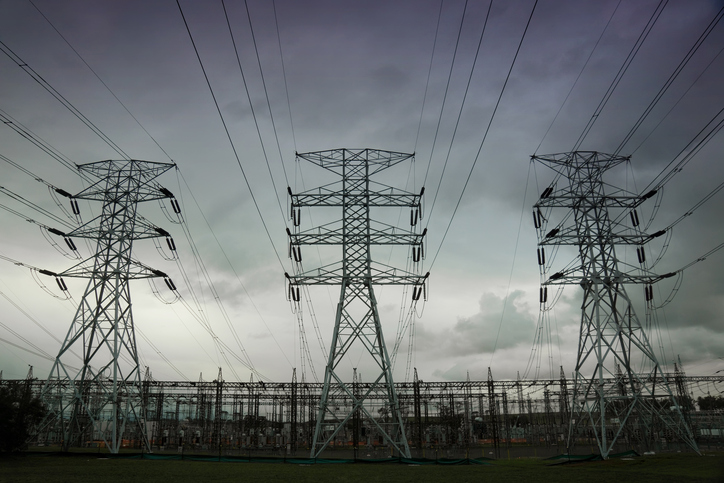Kate Weinberg, director of Sustainability, OVO
Taking action on the Ten Point Plan for the Green Industrial Revolution
Boris Johnson pledged to plant 30,000 hectares of trees a year in the UK by 2025, as part of his Ten Point Plan for the Green Industrial Revolution. However, this commitment was already promised in the Conservative Manifesto and the last time the UK planted 30,000 hectares in one year was 1989.
Next year, we believe that the UK will be unlikely to meet its tree planting targets unless it’s enshrined in law. A legally binding target for tree planting is the only way of catalysing real action. It will also bring many benefits: an increase in biodiversity, reconnect people with nature and help deliver on our net zero target. There’s an increasing recognition from business about the importance of nature, with the Biodiversity COP taking place in May 2021.
There’s also a growing momentum of the recognition of the interplay of ecological crisis and the climate crisis – as seen by the launch of the new taskforce on nature-related financial disclosures. In 2021, we hope the devolved nations will take action and set a legally binding tree planting target.
Putting a proper price on carbon in the build up to COP26
While the pandemic has changed the way we live, work and play, it doesn’t change the fact that the climate crisis is one of the biggest challenges humanity faces. The spotlight will be on the UK in 2021 as the host of COP26. As countries prepare their updated national climate action plans, known as NDCs (how we meet the temperature targets agreed under the Paris Climate Change agreement), momentum is growing to put a price on carbon pollution as a means of bringing down emissions and driving investment into cleaner options.
In 2020 the Zero Carbon Commission and the new Mark Carney Taskforce on Voluntary Carbon Markets have provided evidence to show that we need to develop a new global carbon offset market. It’s a critical part of the global effort to reach net zero. As we start 2021 it’s important for us all to recognise that a proper price on carbon will help drive the behaviour changes we need.
Continued shift towards low carbon heat solutions
A key announcement that came as part of the Prime Minister’s Ten Point Plan for a Green Industrial Revolution was the Government’s commitment to reach up to 600,000 heat pump installations per year by 2028. This commitment was warmly welcomed by the electric heat sector, which has been championing the near term economic and environmental benefits of using heat pumps to decarbonise heat over the 2020s.
The Government’s Heat and Buildings Strategy has now been pushed back to the early months of 2021 – a welcome move given the time it will take to ensure the Strategy takes this new heat pump target into account and sets out a roadmap for achieving it. It is critical that the Strategy brings in new standards to send a strong signal to the market and consumers of the need for a mass shift towards low carbon heat, as well as adequate grant funding for consumers while gas boilers remain cheaper than heat pumps.
Stuart Fenner, head of Energy Trading Services at EDF
A smart, digital and flexible system
The journey to Net Zero and the Government’s Ten Point Plan spell out ambitious targets for energy innovation and more renewables on the system. This is likely to increase the need for constraint management and a more flexible approach, allowing the energy system to operate in the most optimal way. Battery storage and asset flexibility will be essential to improving the resilience of the energy system and ensuring we can respond to this increase in intermittent generation.
Capital deployment increases
As we look towards building back better, we expect to see 2GW of batteries on the system by the end of 2021. With an increasing number of assets being constructed and entering the ancillary and wholesale market, competition is likely to result in price volatility. It’s going to be more important than ever for asset owners and investors to carefully consider and adapt their revenue stack accordingly to optimise performance and achieve good IRR’s.
Acceleration of EV uptake
Expect to see electricity demand increase significantly with the electrification of transport. This will result in serious implications for National Grid, as overall demand increases and standard consumption patterns begin to change, heightening the need for system flexibility. We believe V2G growth will accelerate, due to changes in government policy and advancing technology. This area may provide a significant part of the solution to balancing a more decentralised power system in the future.





